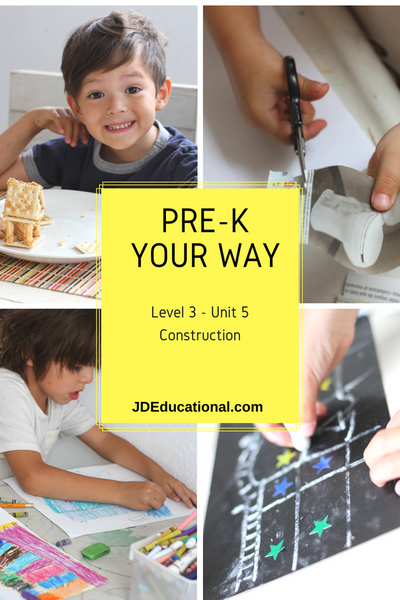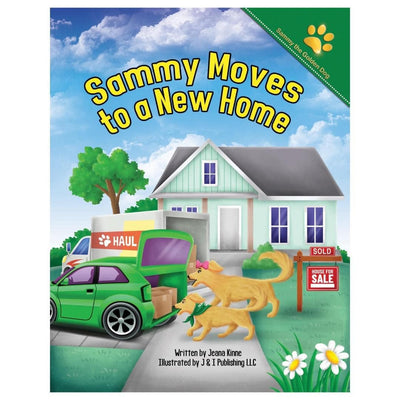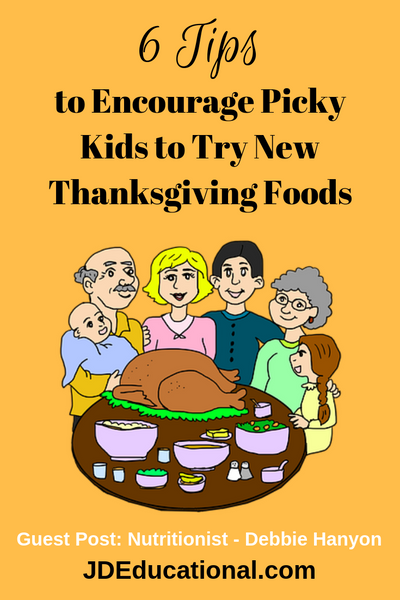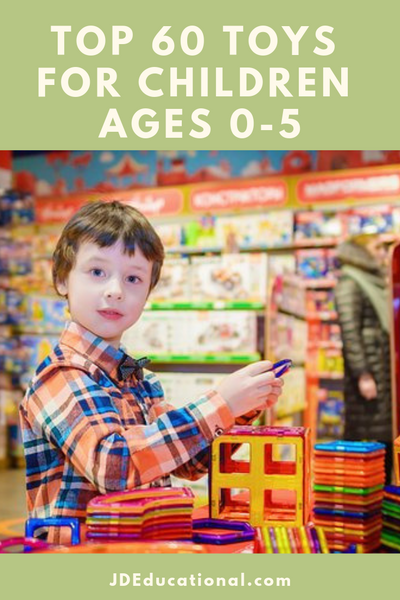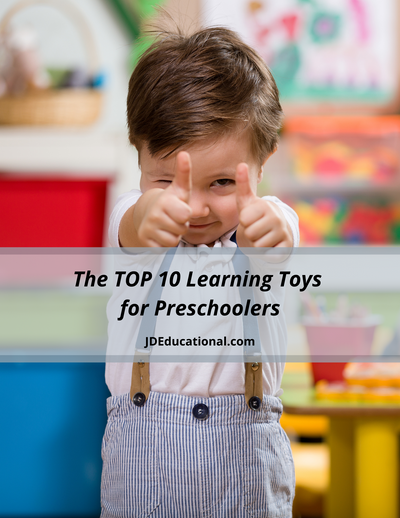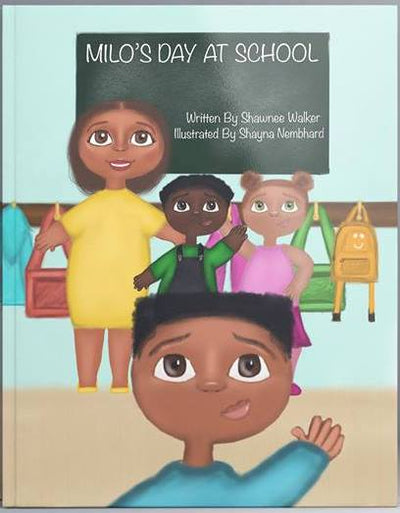
As debates on global warming and the need for new “eco-friendly” and “green” products and procedures are embraced by today’s society, a parent might wonder how to incorporate such an important change in their homes. Recycling is not only crucial for adults to know, but a must for young children to be exposed to. Check out our Sample Activities that use materials you already have in your home.
Ten ways to incorporate a recycling curriculum into any home:
Re-purpose
-
Imaginative Play encourages language development and creativity in young children. Children love to dress up, cook, play doctor and much more. In the kitchen there are multiple roles that can be adopted by child. Some cheap and even free materials to add to a dramatic play area that introduces reusing old materials. These include baskets from garage sales, empty paper bags for shopping, play money and made by children from scrap paper, empty food containers and cartons from family snacks or lunches (cereal boxes, sale papers, clean yogurt containers and milk jugs, etc).
Incorporating Composting into a Daily Routine
- A composting pile can be created outdoors. After snack and lunchtime, have a bin available next to the trash bucket for left over food that can be added to the composting bin. Another idea, pig farmers sometimes pay for buckets of old food to feed their pigs. Most will come pick up the food for free. For further information on how to create a composting bin at home, click here.
- Worms - Worm bins are exciting for any child. The ability to use all of their senses to discover the slimy creatures who are in charge of making dirt is amazing! Not only are worms a wonderful curriculum on their own, but if children feed them their left-over fruits and veggies, they can watch decomposting in action. Worms eat almost anything including banana peels, apple cores and other food items that are usually disposed of in the trashcan. For more information on how to create and properly take care of a worm composting bin, click here.
- Plants and vegetable seedlings can be started indoors if they are planted in empty cardboard egg cartons (not the styrofoam ones). Once the seedling have sprouted and are ready for planting, the entire egg carton can be planted in the garden. It will decompose.
Reduce, Reuse and Recycle
Reduce
- If there is the ability to use a washer/dryer, introducing cleaning rags instead of paper towels are a great way to conserve trees and money. Use clean rags to wipe tables, clean up messes from floors and dry hands. Label two bins, one for clean rags and one for dirty rags. Teach the children where to place the rags and practice folding as an activity to develop fine motor skills.
Reuse
- Art Areas -Designate a bin for left over scrap paper from art projects. Place the bin in an art area so that children can reuse paper if they want to practice cutting or have an idea of decorating a project. Also, add in scrap computer paper from printing mistakes.
- Creations -Empty soda cans, tissue boxes, toilet paper rolls, paper towel rolls and empty plastic bottles can be incorporate into the block area. This is a fun way to add individuality to buildings. Children can develop math skills with a parent by finding out how many “soda cans” tall they are and graphing it on a chart.
- Building - Woodworking with old scraps of wood are fun for children. You can pick up free scraps of wood from a hardware store such as Home Depot or Lowe’s after they have worked on projects. Lots of Christmas tree farm stores also give away the bottoms they cut off the Christmas trees when sold. Also call lumberyards and independent contractors for scrap or unused materials. After smoothing out the edges for splinter-free pieces, create an area outdoors for woodworking projects. Many art items can be added to this project area, such as wood glue, glitter, markers, paint and hammers (with supervision).
Recycle
-
Visual Placement -Have at least two recycling bins in the home. During a morning activity time, introduce what items can be placed in the recycling bins (old milk cartons, paper, empty cereal boxes, etc). Have your children sort recycled materials vs. trash materials so that they understand where to put daily items.
Scientific Exploration
- Instead of collecting fall leaves in leaf blowers, have the children go on a scavenger hunt and collect natural items such as leaves to add to a nature area. Leaves of all shapes, sizes and colors can be used as decorations in an art project or investigated through a magnifying glass. While children are hunting, encourage them to collect rocks, seedpods, feathers, shells and pine-cones which can also be use in art and science activities.
By introducing some, or all, of the previously mentioned strategies, young children can learn how easy it is to take care of our environment. With a little bit of knowledge and a hint of imagination, new discoveries can evolve from recycling all materials.
 Was this interesting to you? Sign up here to receive our new blogs as soon as we publish them!
Was this interesting to you? Sign up here to receive our new blogs as soon as we publish them!


